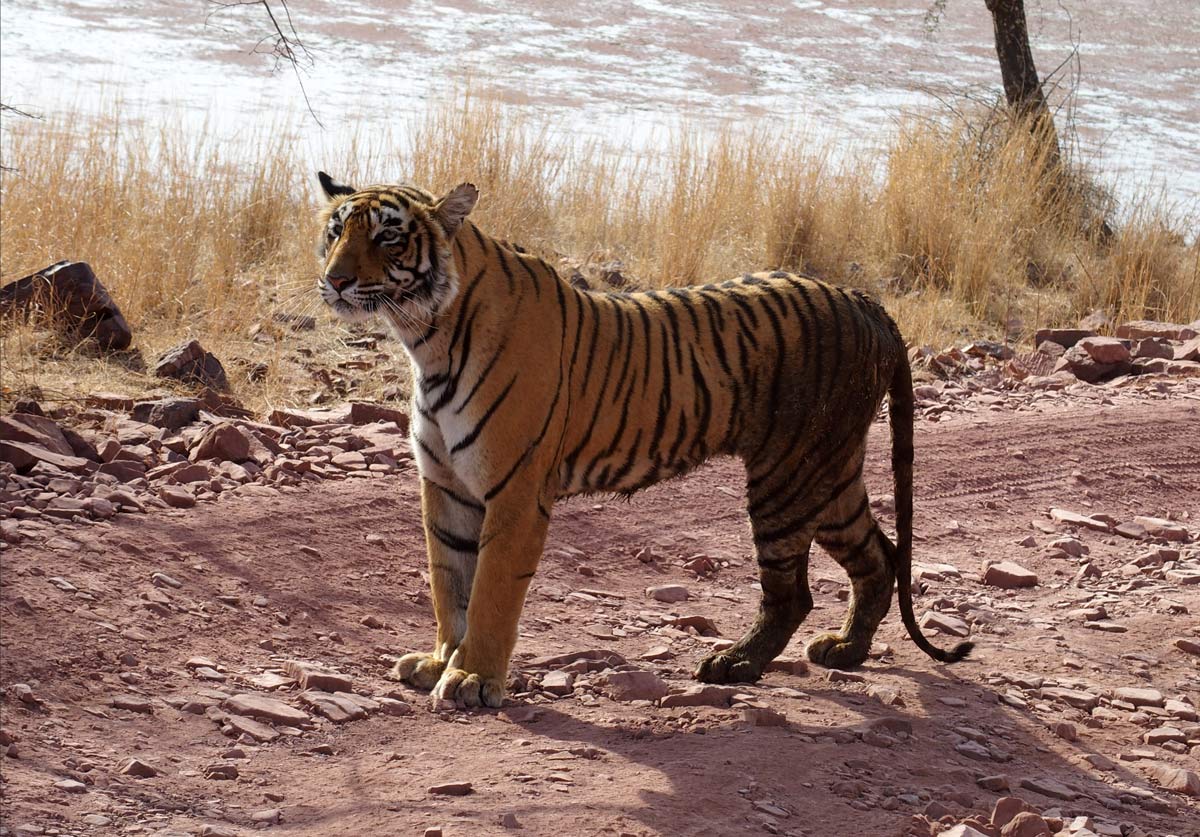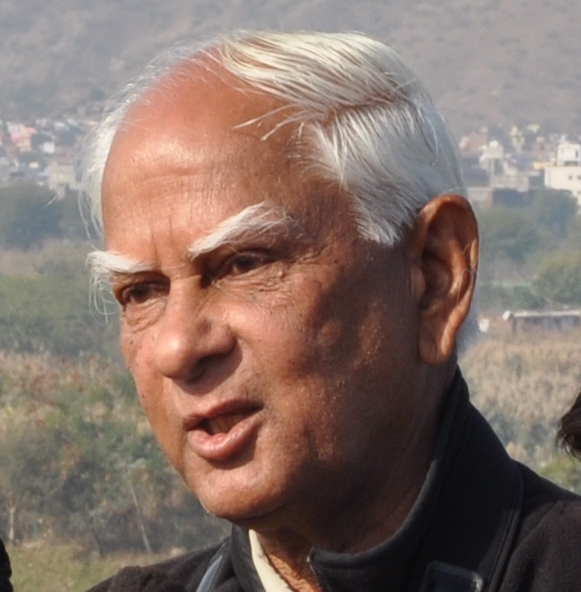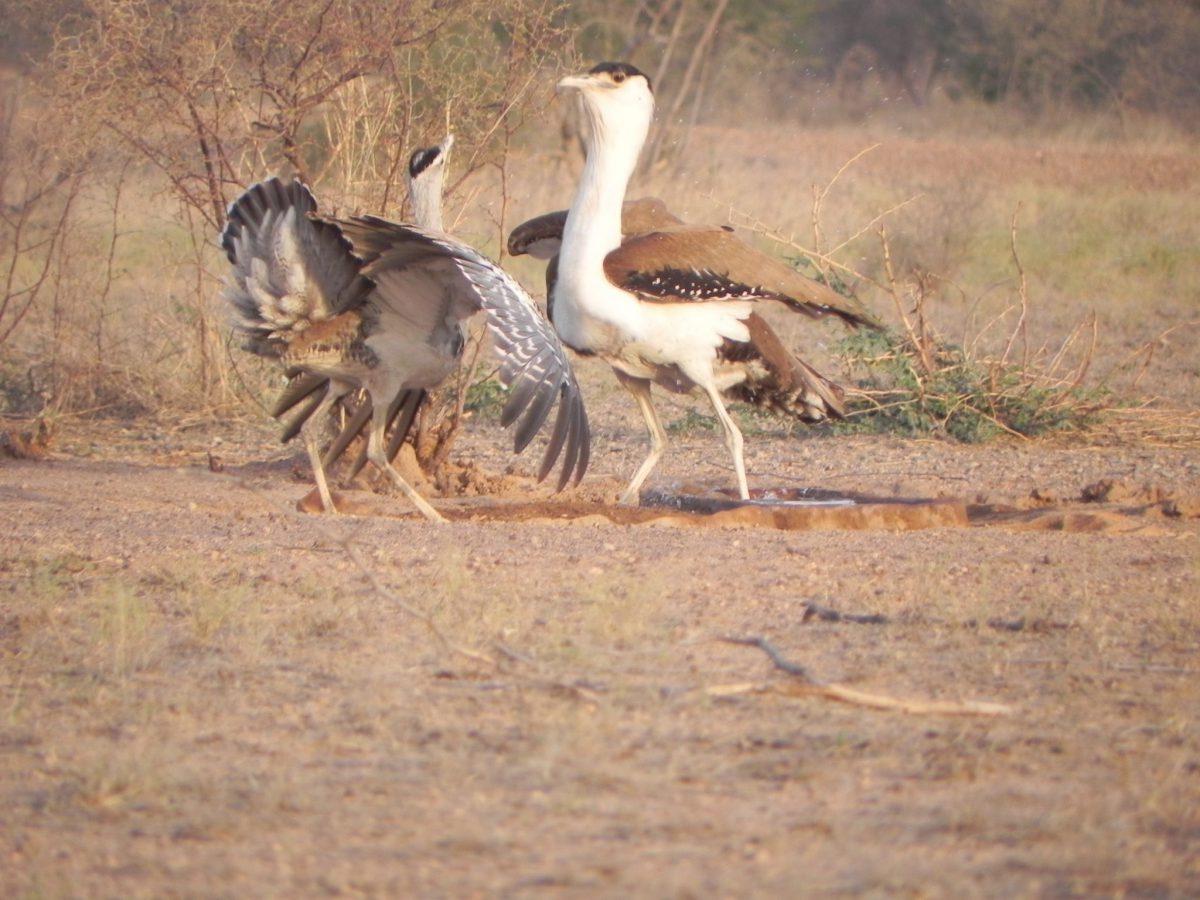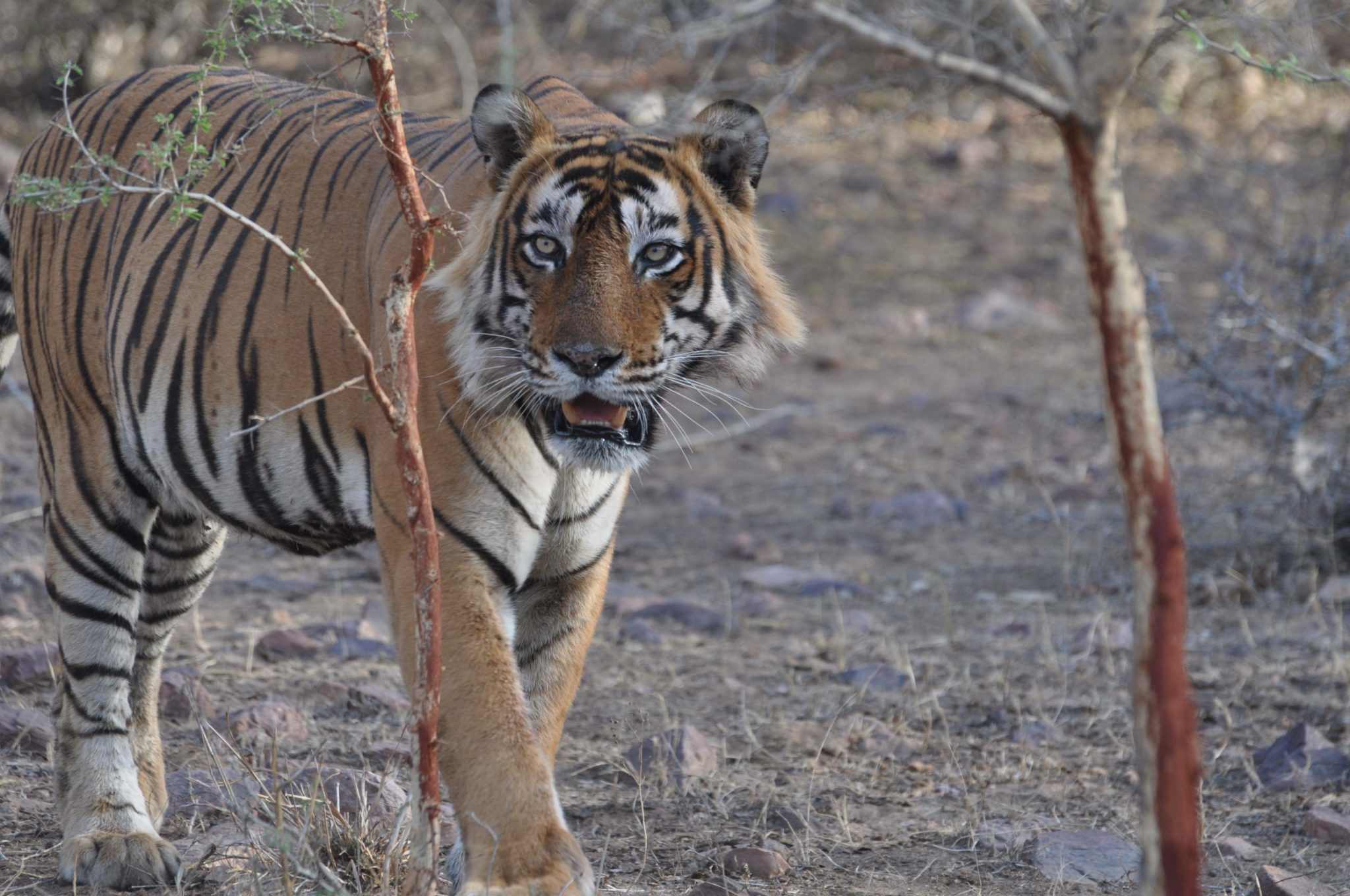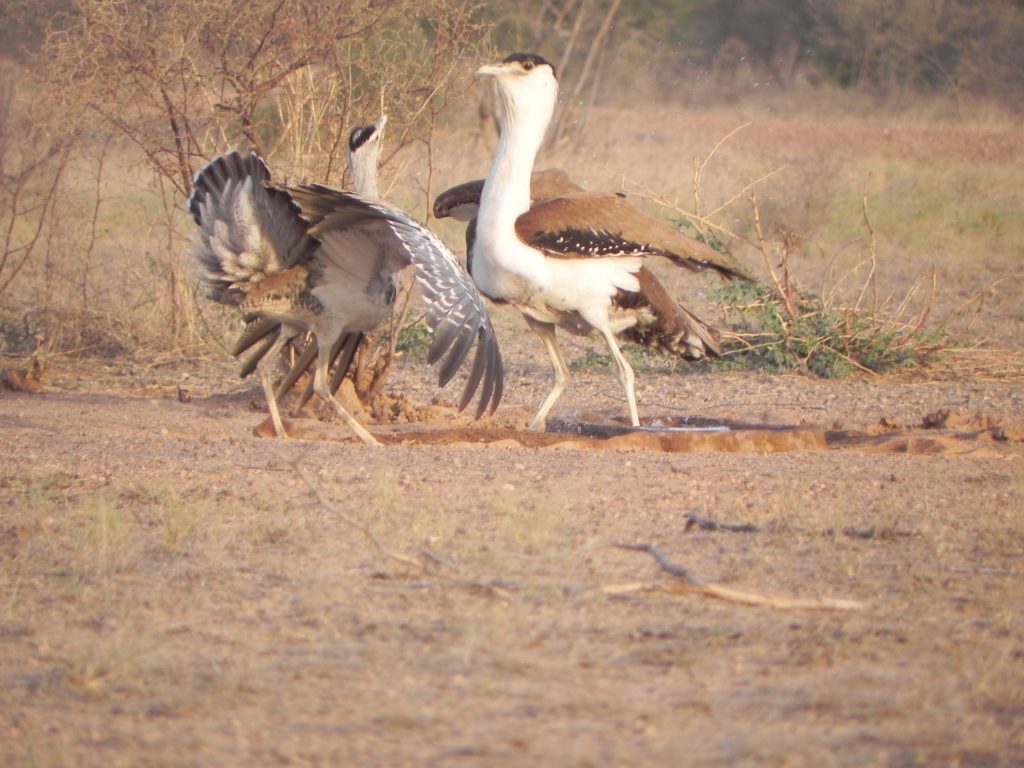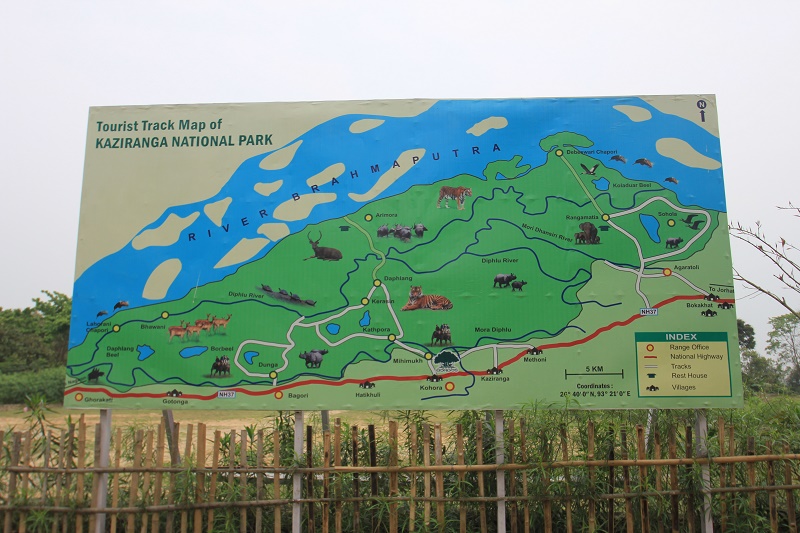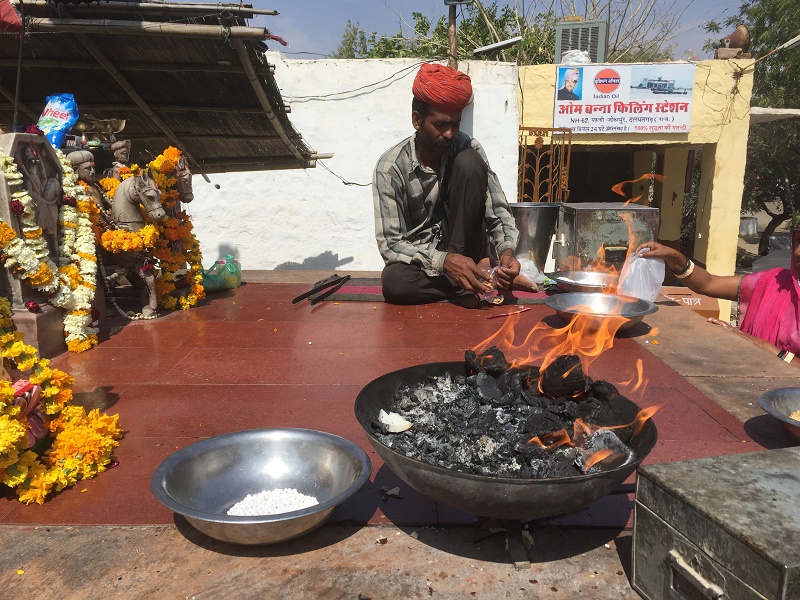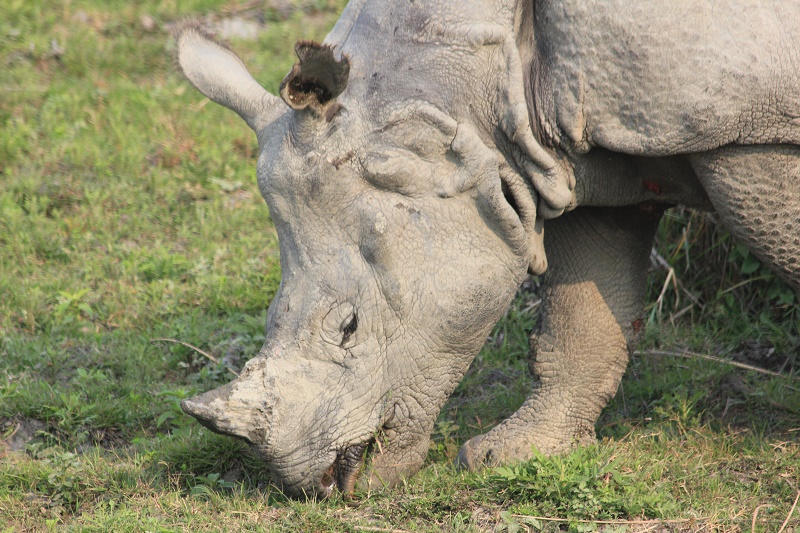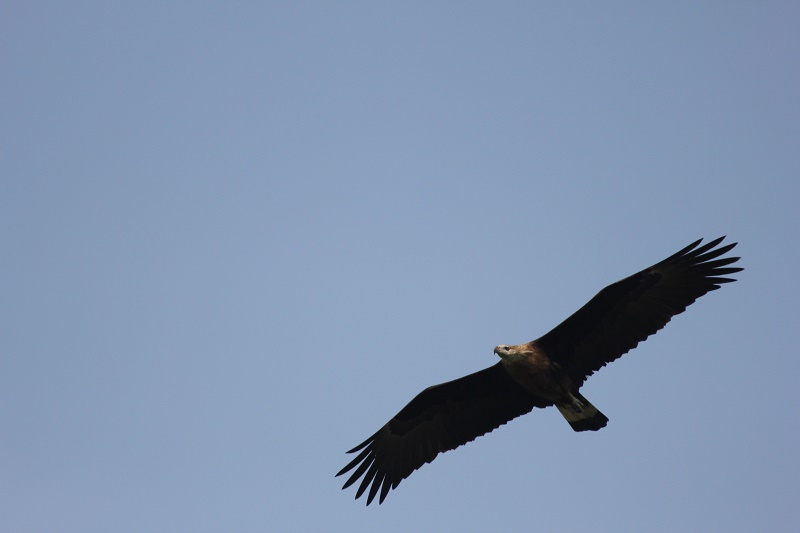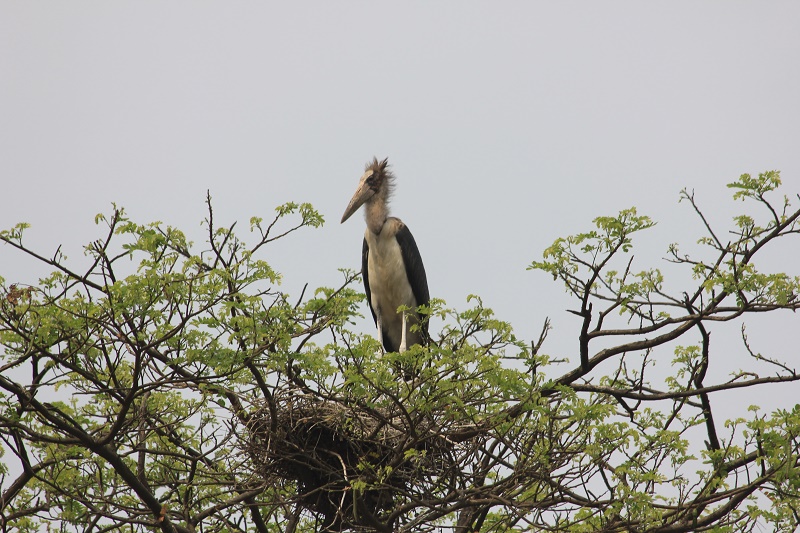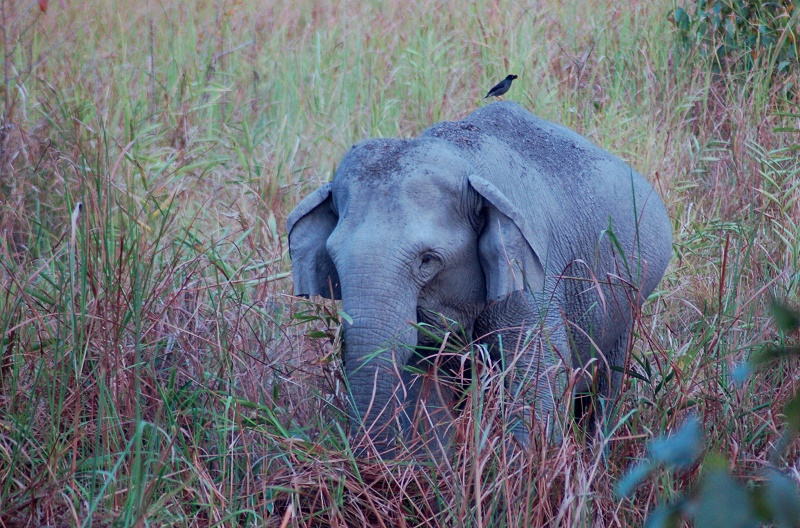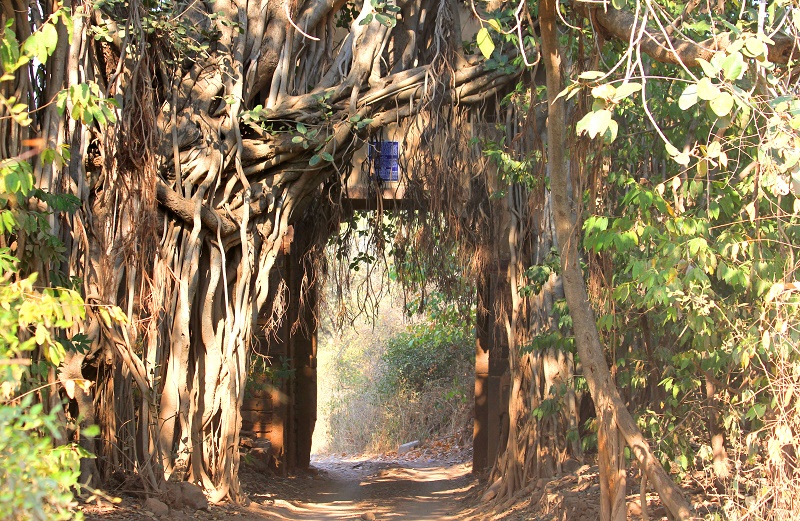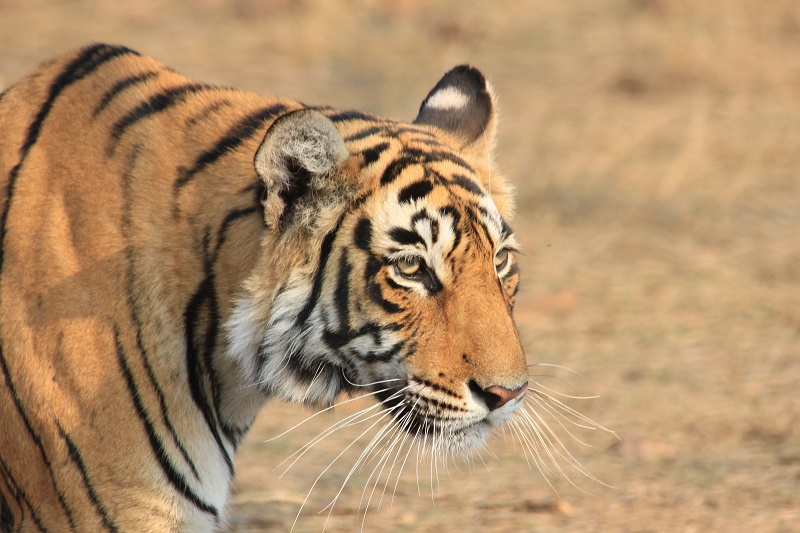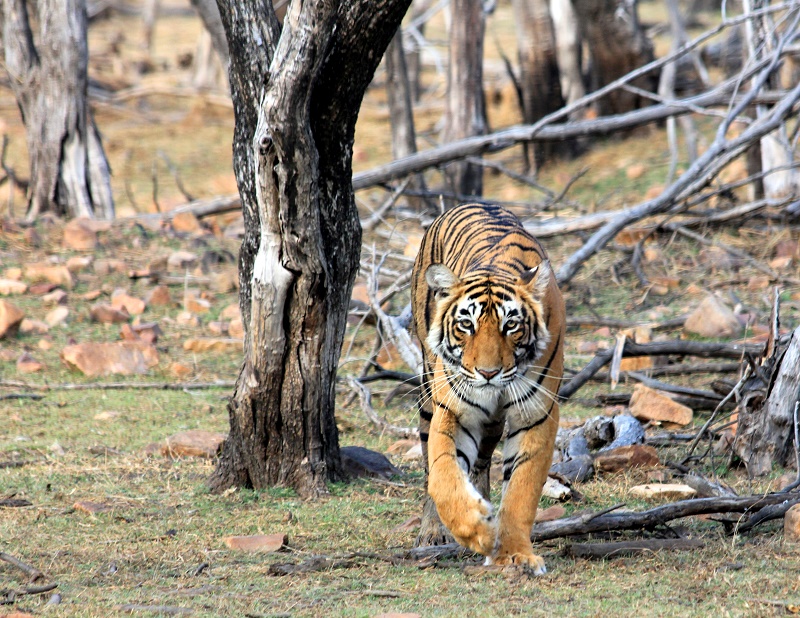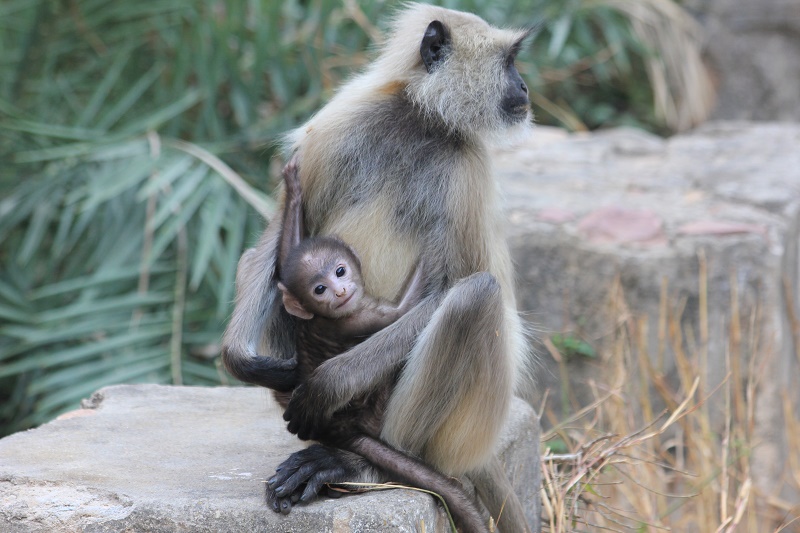An incredible wildlife adventure taking in five continents over four months.
We have launched a brand new wildlife adventure for 2020, inspired by the legendary natural historian Sir David Attenborough.
If you’re a fan of the iconic documentary makers’ work you’ll definitely want to find out more about our incredible new itinerary, focusing on the fascinating destinations and wildlife featured across the popular documentaries.
This brand new itinerary for 2020 combines a selection of our greatest wildlife adventures across five different continents to take in some of the most fascinating scenery and species which have been the star of the show in Attenborough’s recent works.
Starting in Antarctica in February and ending in the Arctic in June, passing through South America, Africa, and Asia along the way, this intrepid itinerary offers the chance to see everything from pumas to polar bears, painted wolves and penguins.
Read the full itinerary below.
Antarctica – February 2020 (14 Nights)

Our intrepid wildlife itinerary begins in Antarctica with an epic 14-night polar adventure in the Falklands. Our Falklands Birds and Wildlife tour takes in the remote wilderness of the Falkland Islands, offering the opportunity to see the most spectacular wildlife this region has to offer, including albatross, 5 different species of penguin, seals, dolphins, orcas and a myriad of birdlife – many of which have played a star part in Attenborough’s documentaries.
South America
Costa Rica – March 2020 (11 nights)
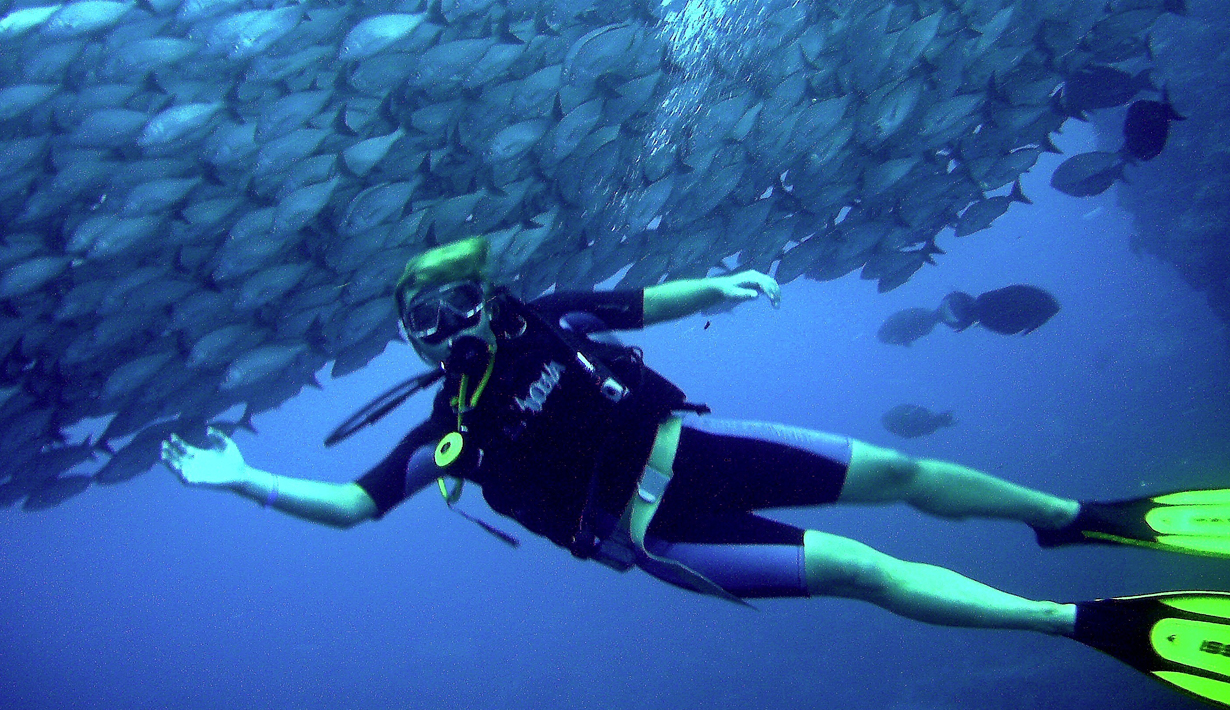
The tour continues to Costa Rica with our incredible 11-night scuba diving experience in the Coco Islands. This underwater adventure offers the chance to explore one of the most impressive diving destinations in the world, home to over 300 different species of fish. Other fascinating creatures to witness here include turtles, dolphins and sailfish – all which have featured in Attenborough’s documentaries.
Ecuador – March 2020 (9 Nights)

The next leg of the tour is our 9-night Galapagos adventure, which takes in the west, central and east islands. The wildlife journey includes the opportunity to see the largest colony of marine iguanas on Fernandina Islands, a visit to a nesting site for the flightless cormorant on Isabela Island and pelican spotting on Rabida Island.
Argentina – March/April 2020 (11 Nights)
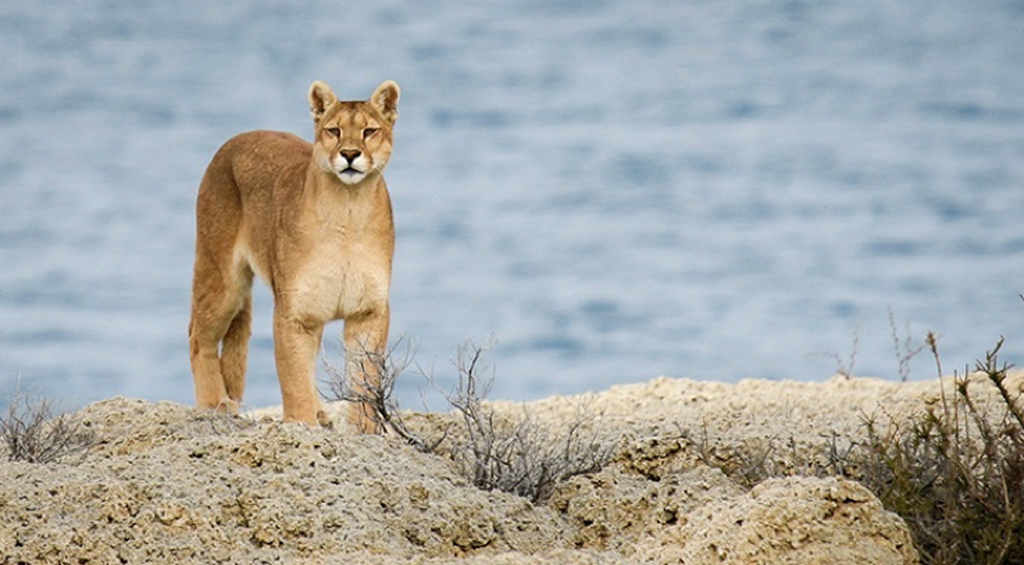
Next up is Argentina, for our brand new Patagonia, Pumas and Glaciers tour. This 11-day tour offers the chance to see pumas in the wild in the very location where Attenborough filmed his unforgettable Seven Worlds One Planet episode. This thrilling tour also includes a visit to Los Glaciares National Park and a hike along the Southern Glacier.
Brazil – April 2020 (11 Nights)
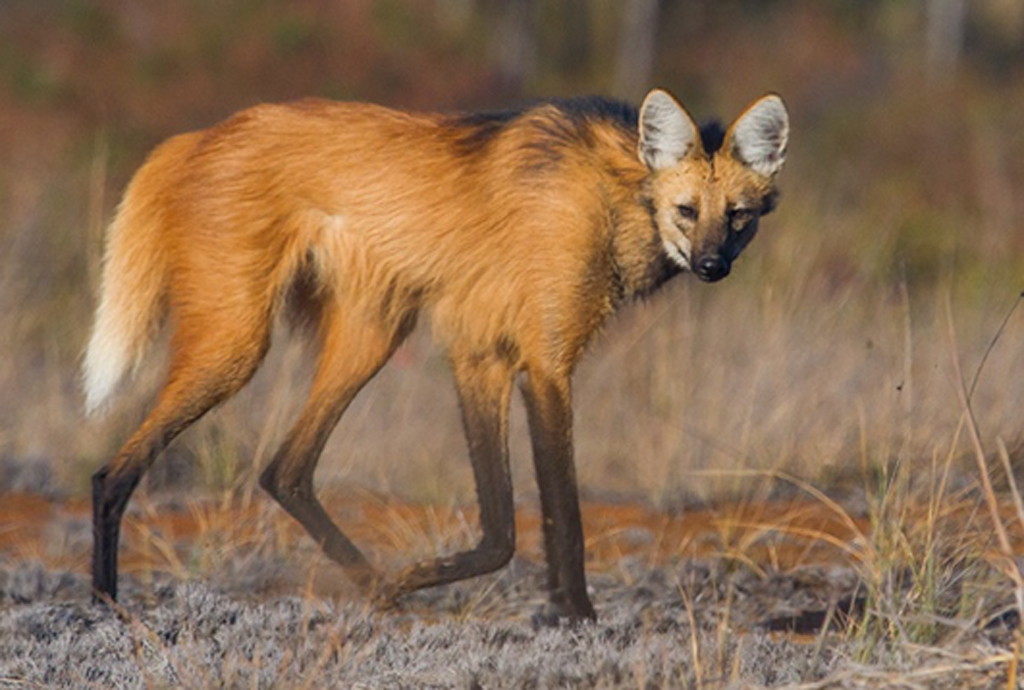
Africa
Zimbabwe – April 2020 (6 Nights)
Concluding our time in South America, we head to Brazil for our Amazon, Pantanal and Savannah tour. This trip offers a unique opportunity to see the maned wolf in the wild, as well as the jaguars and anteaters which have featured in Attenborough’s documentaries. This tour includes accommodation in eco-lodges set among the incredible nature, as you visit each of these three fascinating areas of varied terrain.
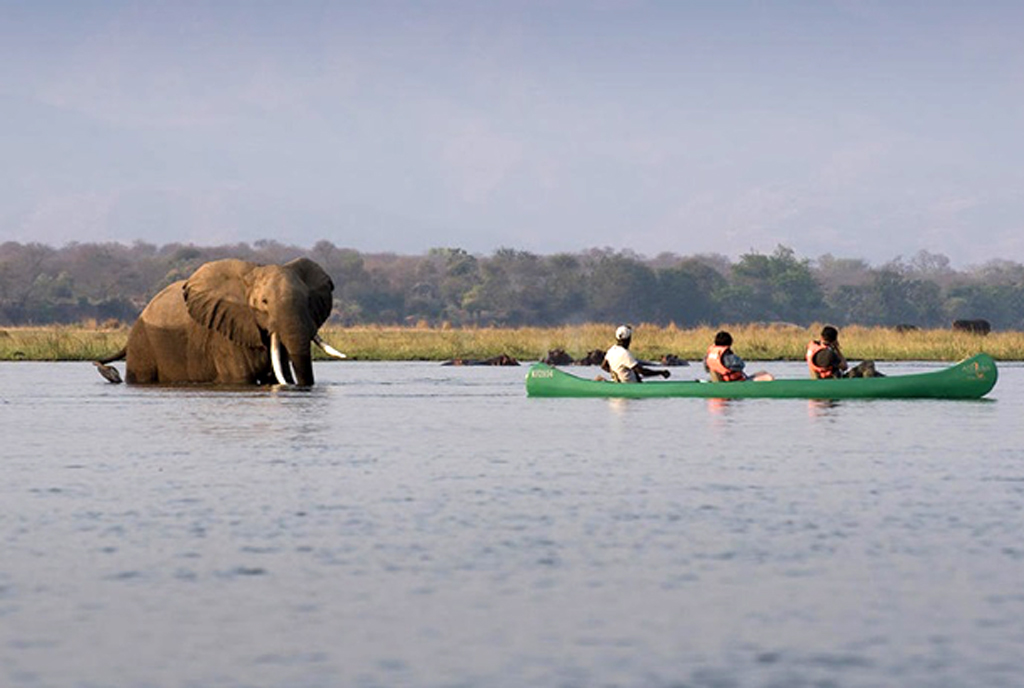
Our first Africa leg of this itinerary is in Zimbabwe, where you can visit the Mana Pools National Park which was featured in Attenborough’s Dynasties documentary. This 7-day Super Sensory Safari is a first of its kind and provides a truly immersive safari experience, with activities specifically designed to engage all of the senses, including a walking safari led by expert professional guides.
Botswana – April/May 2020 (12 Nights)

The second African safari stop is in Botswana where you can see the beauty of the African elephants in the wild at Chobe Riverfront, home to the largest density of African elephants. This Wild Botswana tour also visits Okavango Delta, known as one of the best destinations in all of Africa for wildlife lovers.
Asia
India – May/June 2020 (12 Nights)
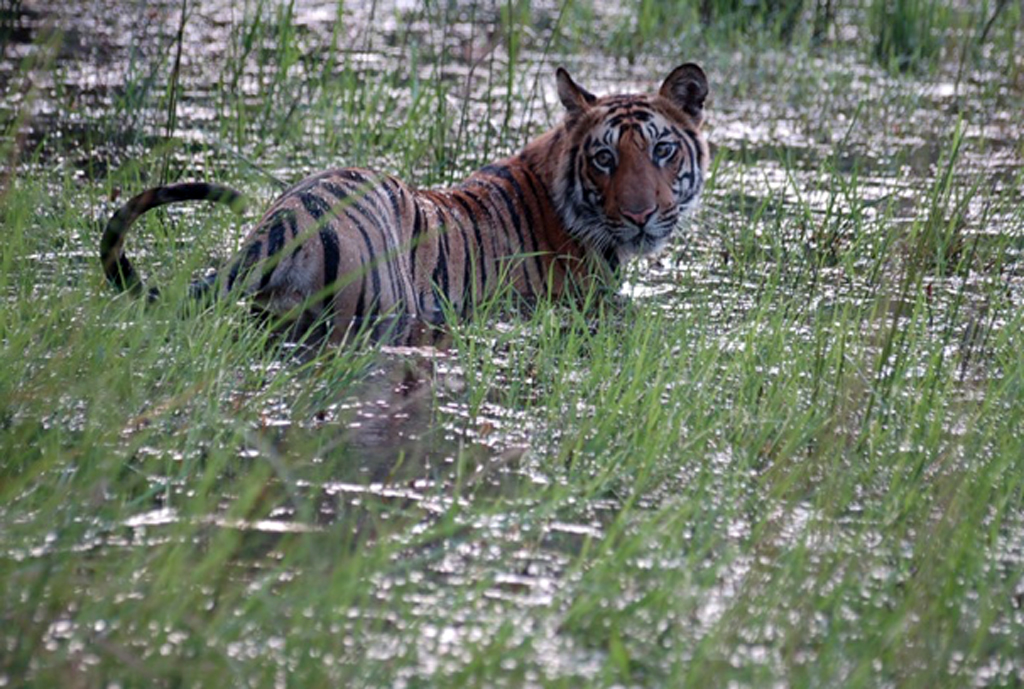
In Asia, take in our Wildlife Special focusing on leopards, tigers and rhinos. This 12-night tour includes tiger viewing in two of India’s best tiger reserves and a safari in Kaziranga Park – home to the world’s largest population of one-horned rhinoceros.
Arctic – June 2020 (10 Nights)

This magnificent wildlife itinerary ends in the Arctic with our Introduction to Spitsbergen tour. This 10-night polar expedition will encounter polar bears, arctic foxes, whales and walruses in the wild as you explore the very best of what Spitsbergen has to offer.

